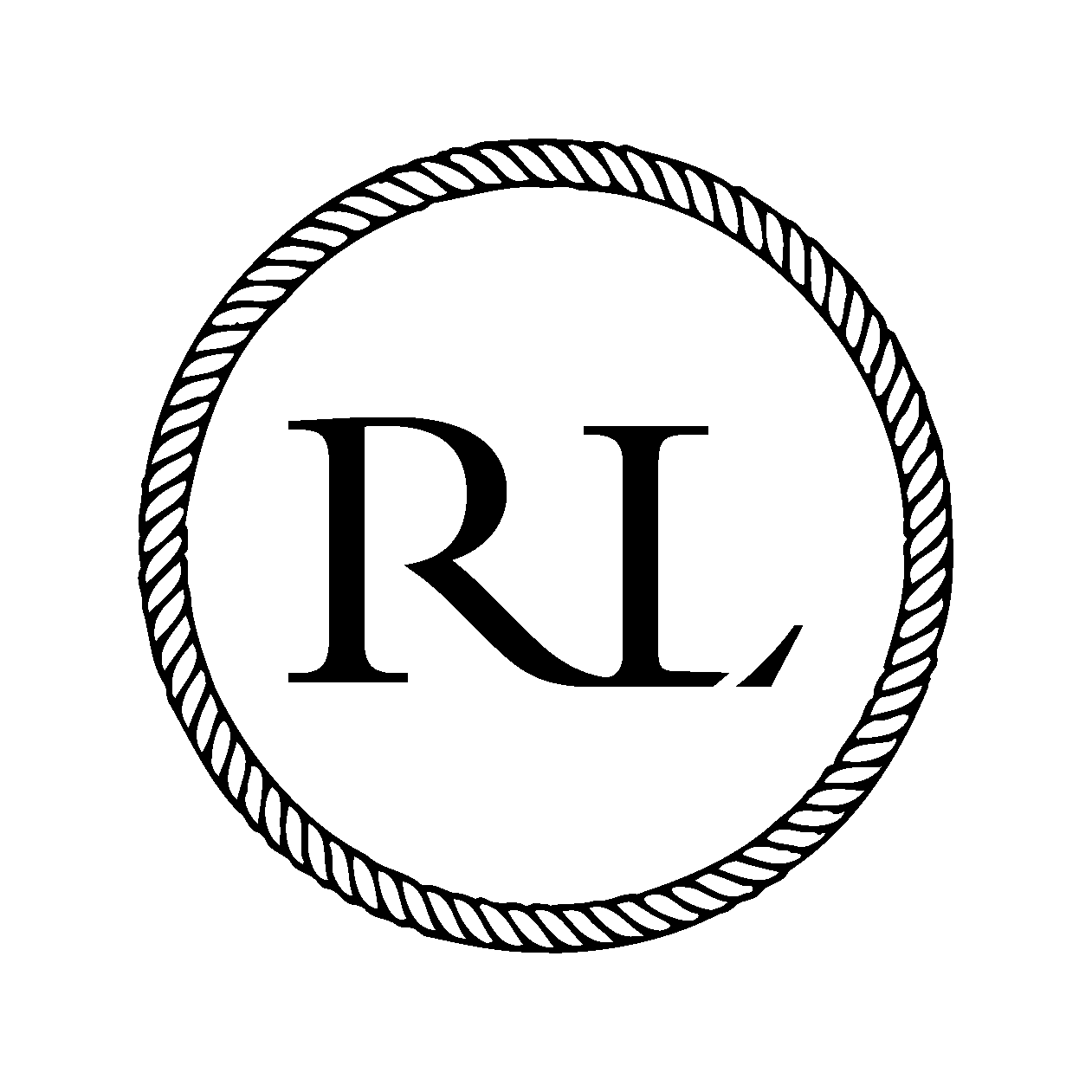What Is Deviated Septum Surgery (Septoplasty)?
The septum is the partly bony and part cartilage (similar to bone) wall located inside your nose that divides your nostrils into two parts. Where the septum leans more towards one side of your nose is known as a deviated septum. In some cases, people are born with a deviated septum, while in most cases, it is caused due to injury or development during growth. Either way, the physical appearance of the septum can appear crooked, making one nostril appear smaller than the other. A surgical procedure is the only way to fix a deviated septum which is known as Septoplasty. Deviated Nasal Septum Surgery is usually a relatively short procedure which is tolerated well.
Symptoms of Deviated Septum- Why You May Need Septoplasty?
The symptoms of a deviated septum are usually fairly clear.
Some of the common symptoms of a deviated septum are such as;
- Breathing Difficulty: Due to the deviation of the septum wall, one nostril can appear to be smaller than the other. This leads to breathing difficulty, which could get worse with time.
- Crooked Nose: A commonly seen sign of a deviated symptom is that the nose looks crooked or out of shape.
- Mouth Dryness: Blockage of nostrils could prompt people to breathe through their mouth more often leading to dryness.
- Snoring: Snoring may be a symptom of a deviated symptom. Snoring could affect the quality of your sleep besides being usually noisy.
- Infections: Having a deviated nasal septum can make it harder to overcome a cold and allow symptoms to be prolonged.
- Bleeding from the nose: A deviated septum could cause the nostrils to be drier than usual, leading to frequent excessive nosebleeds. This is not a frequent symptom seen However.
Deviated Septum Surgery
This is usually performed under a full anaesthetic (fully asleep) and takes around 30-90 minutes. You are normally able to go home on the same day as surgery. Nasal packing or dressings are rarely used so there is normally nothing to remove from the nose.The deviated portion of the septum is accessed through the nostrils so all the incisions (cuts) are hidden. The septum cartilage and bone is re-shaped and replaced to the midline. The incisions are sutured (stitched) closed with dissolvable sutures.
Deviated Septum Surgery Risks
- Bleeding : Bleeding is to be expected following your surgery. This is likely to be present for the first couple of days and then tails off after that. Significant bleeding is thankfully rare.
- Infection : As with any surgical procedure there's always a risk of infection. Care will be taken to limit the risk of this and if you are otherwise in good health that risk is thankfully very low.
- Imperfect outcome : As surgery is performed on living tissue there is a chance that natural healing or scarring can lead to an imperfect outcome. This means that there could be some continued blockage which may need further treatment. In experienced hands the risk of this is low.
- Septal perforation : This is where you have a hole in the actual septum itself. This is unlikely to be visible and sometimes causes no symptoms. If the septal perforation does cause some symptoms then there are options for treating it which work relatively well. The risk of a septal perforation in experienced hands is very low.
- Change in nose shape : This is very rarely seen
- Smell change : In the short-term following surgery you may notice a drop in your sense of smell due to the blockage in your nose which will take around a week or two to open up. Any long term problems with your sense of smell are not commonly seen.
Deviated Septum Treatment Post-Recovery
After a Septoplasty operation, it is possible that you may experience a little bit of pain as you begin your recovery. To counter the pain and added side effects, the doctor will prescribe adequate medications during your recovery period.
During your recovery period, you should follow the guidance given to ensure optimal healing. The general guidance includes;
- Avoid touching or blowing your nose too much.
- Avoid exercise during the first couple of weeks of recovery. Light exercise may be ok after a few days however.
- Keep your head elevated with an extra pillow when you sleep.
- Rest and relax as much as possible.
Deviated Nasal Septum Surgery At Rhinoplasty LDN
At Rhinoplasty LDN, we have expertise in providing a seamless deviated septum surgery experience prioritising patient comfort and satisfaction over anything else.
Our approach is bespoke and tailored to your specific situation. You will have an individual plan made and have plenty of time to ask any questions you may have. Mr Lakhani will guide you through every phase of Rhinoplasty deviated septum procedure.
